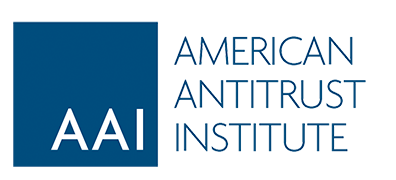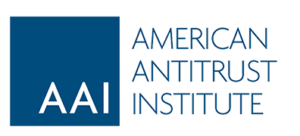AAI has filed an amicus brief in the D.C. Circuit asking the court to set aside an order of the Federal Energy Regulatory Commission (FERC) authorizing construction of a new natural gas pipeline without adequately considering the pipeline developer’s ability and incentive to exercise monopoly power by evading rate regulation.
In Environmental Defense Fund v. FERC, the Environmental Defense Fund petitioned the D.C. Circuit for review of FERC’s order issuing a Certificate of Public Convenience and Necessity (Certificate of Need) to Spire STL Pipeline LLC (Spire STL), a subsidiary of a midwestern utility holding company, Spire Inc. (Spire), to authorize the new pipeline. In approving Spire STL’s application, FERC relied exclusively on Spire STL’s affiliate precedent contract with another of Spire’s vertically integrated subsidiaries, Spire Missouri, as evidence of need. Although no shippers in the region, including Spire Missouri, required new capacity to meet demand, and no unaffiliated shippers bid on any of the new capacity, and all parties conceded that demand in the region was flat for the foreseeable future, Spire Missouri agreed to subscribe 87% of the new pipeline’s capacity. And FERC held that the agreement, standing alone, was sufficient evidence of need for the new pipeline project to go forward.
The AAI brief argues that FERC’s order was arbitrary and capricious because the affiliate precedent contract alone is ambiguous as evidence of need. Without more, FERC could not draw a reasonable inference that the contract was procompetitive rather than anticompetitive, consistent with the Natural Gas Act’s goals.
The brief emphasizes that, under well accepted antitrust principles, a parent and its wholly owned subsidiary are to be treated as a single economic enterprise, with a unitary economic interest, for purposes of a competitive effects analysis. Moreover, a vertically integrated monopolist subject to cost-based rate regulation may have the ability and incentive to inflate transfer prices, consistent with the theory underlying the seminal United States v. AT&T case and an enduring economic consensus among government and academic experts.
The brief also argues that, whether an affiliate precedent contract is more likely to reflect need or more likely to reflect a vertically integrated monopolist’s anticompetitive incentive to evade rate regulation depends on market conditions that FERC failed to address. To reasonably infer that Spire’s affiliate precedent contract is likely to create procompetitive benefits rather than anticompetitive harms, FERC needed to evaluate, at a minimum, the implications of flat demand for new capacity in the region, the absence of buy-side competition for new capacity, and the state utility commission’s ability (or inability) to detect inflated transfer prices. Here, those factors foreclosed a reasonable inference of need based solely on Spire’s precedent contract with a vertically integrated affiliate.
The brief was written by AAI Vice President of Legal Advocacy Randy Stutz, with assistance from AAI President Diana Moss, AAI Vice President of Legal Policy Laura Alexander, and AAI interns Mei Xuan and Henry Visser Melville.



